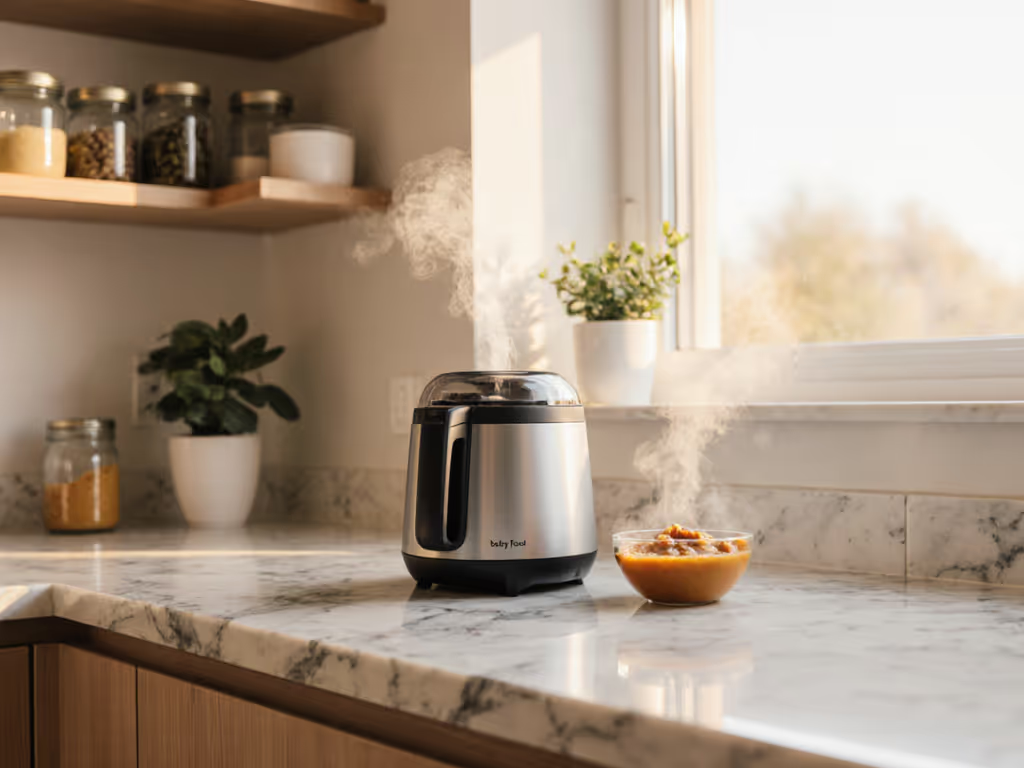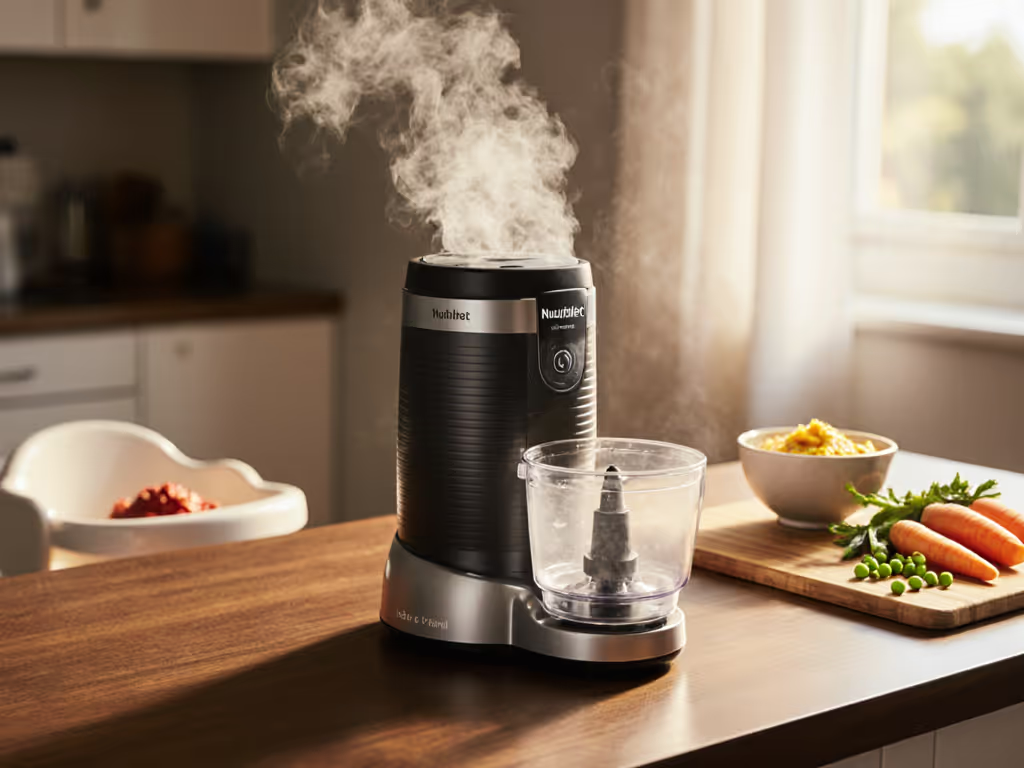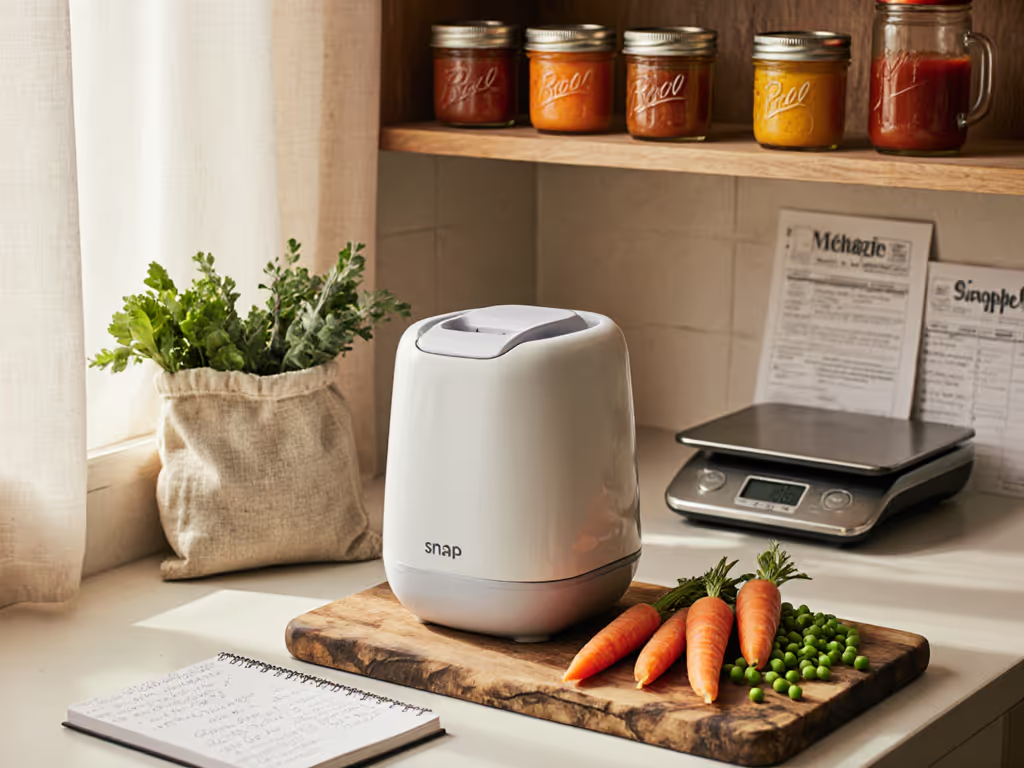

Leila Haddad
Food-contact materials, heat safety, and allergen-avoidance protocols
About
Investigates plastics, seals, and heating elements; cross-references regulations and brand disclosures. Designs cleaning and allergen-avoidance protocols for multi-kid kitchens.
Background
A friend’s baby reacted to detergent residue, not the food. That changed my testing: I started swabbing gaskets after ‘dishwasher safe’ cycles and reading what ‘BPA-free’ really means for blends under heat. The goal became simple—safe parts that clean thoroughly, dry quickly, and don’t add anything you didn’t plan.
Perspective
I prefer simpler mechanisms and inert materials that tolerate real cleaning.



